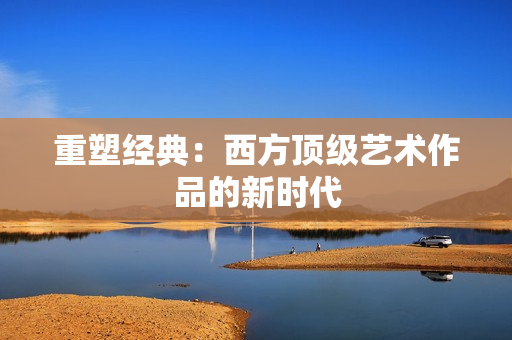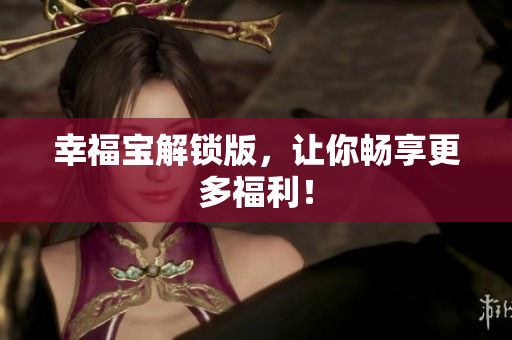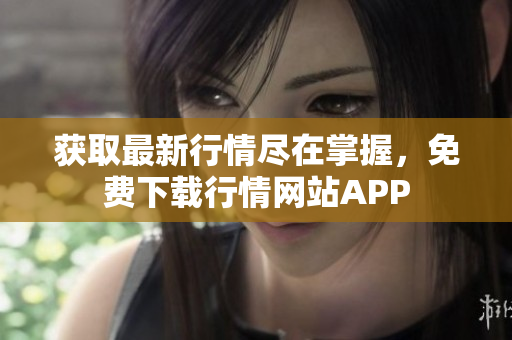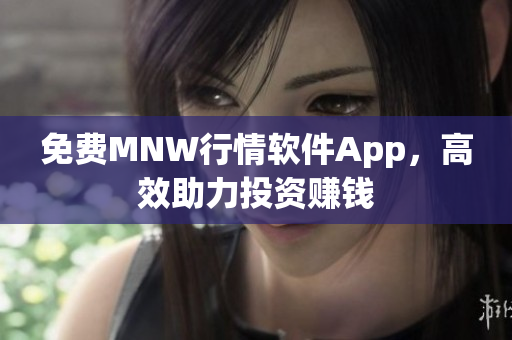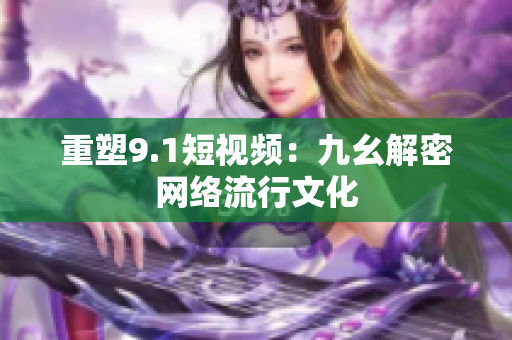Introduction
The world is filled with incredible works of human culture and arts that have stood the test of time. From the finest pieces of literature to the greatest musical compositions, and from the most beautiful paintings to the masterpieces of sculpture and architecture, Western civilization has produced some of the most impressive and awe-inspiring works of art throughout human history. Meanwhile, with the development of 5G technology, the world is witnessing a wave of technological advancements that are transforming every aspect of our lives. However, the question arises, can these advancements create anything that can challenge the greatness of the human creative works of art? In this article, we will explore this dilemma, and try to understand how 5G technology is affecting human culture and arts.
The Impact of 5G Technology on Human Culture and Arts
As 5G technology advances, it is providing the world with groundbreaking innovations and discoveries that are shaking up established notions of human culture and arts. With the help of 5G technology, artists and creators can now utilize the internet in ways never before possible, exploring new avenues for creative expression, and reaching greater audiences with just a few clicks. Furthermore, 5G technology also enables innovative approaches to virtual and augmented reality, enabling people to interact with art and culture in entirely new ways. We can now experience anything from fine arts to music and literature through a more immersive digital experience than ever before.
The Challenge to Western Culture and Arts
As 5G technology enables new creative outlets, there is a fear that it may create a challenge to traditional Western culture and arts. For instance, with the rise of game-based platforms and interactive media, the attention and consumption of traditional art may falter. The trend of outrageous costs for in-game purchases, leading to class distinctions, also cannot be ignored. The traditional art forms, such as painting, sculptures, and music may become less popular in comparison to the highly competitive gaming industry and other digital platforms.
The C1 Class Dilemma
The challenge imposed by 5G becomes more immediate when we think about our everyday surroundings. It can be challenging for educators to engage students in the classroom when 5G technology allows for a never-ending stream of information delivery. With C1 class, which is a crucial stage in language learning, the pressure on teachers and students to manage the technological and educational requirements is immense. The students' focus diminishes as their minds get pulled towards other distractions. This makes teaching and learning during the C1 class more difficult.
The Cry of the Class Leader
The limitations of traditional teaching methods coupled with the overwhelming effects of 5G technology on students can cause them to feel more immobile, and generate anxiety and stress. The pressure ultimately falls on the class leader, whose responsibility is to provide a safe and orderly environment for all students. It is common for them to seek help and support to manage the disruptive behaviour of students and promote an environment that is conducive to learning.
The Danger of Cheating
Teachers and students in Southeast Asia face a different kind of challenge with 5G technology; that of cheating. As kids are becoming increasingly comfortable with technology, they find it easier to cheat by using digital means to copy answers and assignments. The pressure to excel in tests and assignments has become so intense that students are finding sly ways to cheat, something that is possible due to the ease of technology. It creates a frustrating learning environment for educators, where they are forced to put aside important work to investigate incidents of cheating.
The Reason for Scarce Availability
The scarcity of 5G technology in some parts of Southeast Asia can be attributed to a lack of development in infrastructure and technology. Despite the available advancements in structure and hardware, countries and regions with limited resources lack the capability to bring 5G technology to their population. Therefore, the high demand for 5G in these places, and the unavailability of it, has become a limiting factor in the development of digital platforms and the overall progress of the region.
Conclusion
In conclusion, the interplay between 5G technology advancements, and their impact on human culture and arts, present challenges that must be faced by individuals and organizations. It is incumbent upon creatives, educators and students to harness the positive aspects of this technology, and protect the traditions that make our cultural heritage so rich and diverse. It is about finding the balance between the virtual world and the world we live in, and using technology for its immense possibilities to enrich our lives, and not become consumed by it.

